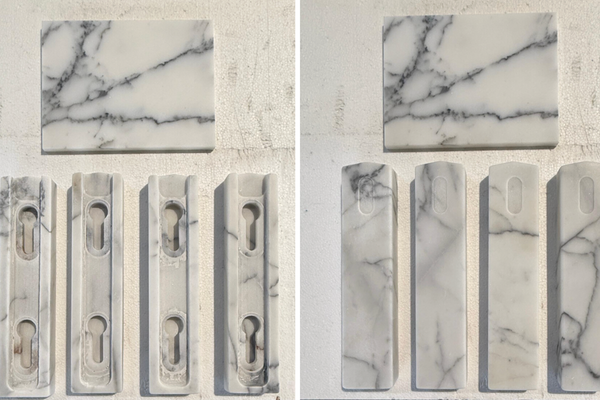Astronomers are gearing up to incredibly see the same supernova explosion from billions of years ago take place again.
NASA’s Hubble Space Telescope already picked up the light Supernova Requiem three times in 2016.
And the explosion from 10 billion years ago, from a star that died within four billion years of the Big Bang, is expected to be seen again around the year 2037, a new study suggests.
The reason for the bizarre replay doesn’t actually have anything to do with the actual supernova but the way that we see it with the light having to pass through galaxies on its way to Earth.
Albert Einstein’s theory of general relativity explains how this is possible.
“Whenever some light passes near a very massive object, like a galaxy or galaxy cluster, the warping of space-time that Einstein 's theory of general relativity tells us is present for any mass, delays the travel of light around that mass," lead study author Steve Rodney, an assistant professor at the University of South Carolina in Columbia said.
In an effect called gravitational lensing, the light is seen differently due to the pull when it passes massive objects. This can mean that the light is magnified or it could be distorated.
For scientists viewing the Supernova Requiem, the light appears brighter and is split up into different images in the sky at varying times due to it passing the galaxy cluster MACS J0138, the study found.
When the Supernova Requiem was seen by the Hubble telescope it appeared in three separate spots around the edge of the galaxy cluster. The light was of differing brightness and colour which researchers believe is because they were different phases of the explosion over time.
And scientists found that as the light had disappeared when images were taken of the galaxy cluster in 2019 it meant that the three separate spots were mirror images of the original source.
But light has now been found to be still pinballing around the cluster due to the gravitational pull and yet to be seen on the Earth-facing side.
Researchers have been mapping the dark matter of the galaxy cluster with a computer model and they have predicted when the light from the Supernova Requiem will be seen again on Earth.
"This new discovery is the third example of a multiply imaged supernova for which we can actually measure the delay in arrival times," said Prof Rodney. "It is the most distant of the three, and the predicted delay is extraordinarily long. We will be able to come back and see the final arrival, which we predict will be in 2037, plus or minus a couple of years."







